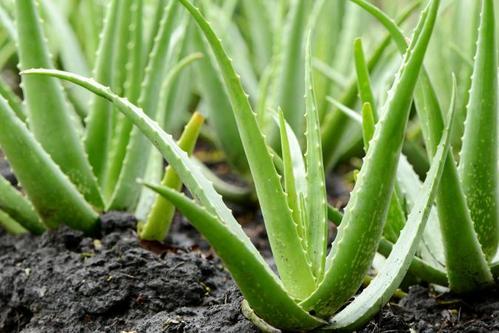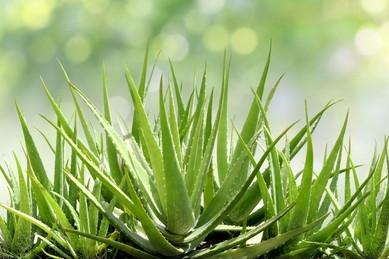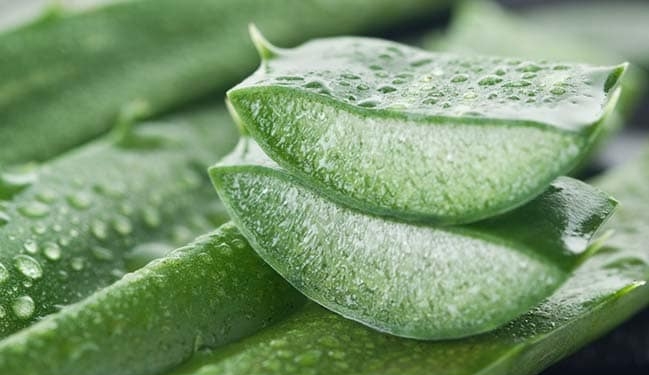Aloe vera: The Diverse Healer


Image credit: Shutterstock
The aloe plant is revered in many cultures for its healing properties. It is grown, harvested, and processed on a large scale in various parts of the world. But before becoming a commercial success that is widely accepted in modern medicine, aloes were traditional herbal remedies used by many communities.
Aloe is a perennial, drought-resistant succulent plant that has grown naturally on the African continent for centuries. There are over 400 species recorded, with approximately 60 of them growing endemically in Kenya. Aloes are known by different names depending on the community: suguroi (Samburu), osukuroi (Maasai), cheretwo (Tugen), kiluma (Kamba), shikakha (Luhya), kiiruma (Kikuyu), and mshubiri (Swahili).
The most well-known member of the aloe family is the aloe vera, with many even referring to it as “the true aloe”. Aloe veras are distinguishable by their stiff green leaves that have spiky margins and a sharp needle at the apex. These leaves contain a clear gel which makes up the plant’s water supply. Fascinatingly, an aloe plant is made up of over 99% water!

Image credit: iStock
Studies have found the aloe vera gel to contain over 75 active ingredients including vitamins, minerals, enzymes, and amino acids. These ingredients give the gel its curative properties. Traditionally, this gel was used as a laxative which was administered to children suffering from constipation. It was also used to treat parasitic diseases such as malaria. Some of the modern uses of aloe vera include treating wounds, skin diseases, fungal and bacterial infections, and in cosmetics for hair growth and anti-aging. Despite the change in use, its mode of preparation has remained the same; it is either placed directly onto the area of injury or boiled and consumed orally to treat internal ailments.
Because of their diversity of use, many aloe species are facing the danger of extinction due to over-exploitation. In 1986, Kenya’s then President Daniel arap Moi declared a ban on harvesting wild-growing aloes in order to protect the plants as well as their natural habitats. On a global level, the International Union for Conservation of Nature (IUCN) Red List has recorded several aloe plants as either being vulnerable, critically endangered, or endangered. This has led to the regulation of aloe trade by the Convention on International Trade in Endangered Species (CITES).
What name does your community use to refer to aloe plants? Or what other remedies do you use it for?




1 Comment
Ogaka, in Dholuo.